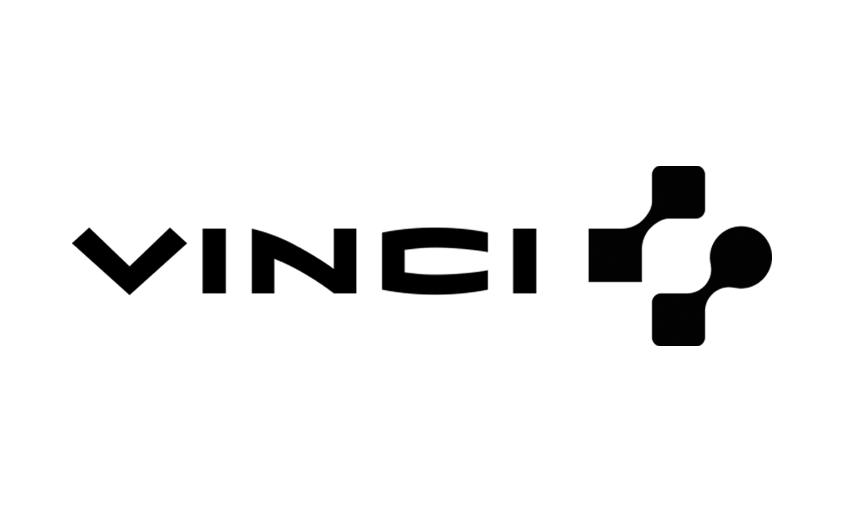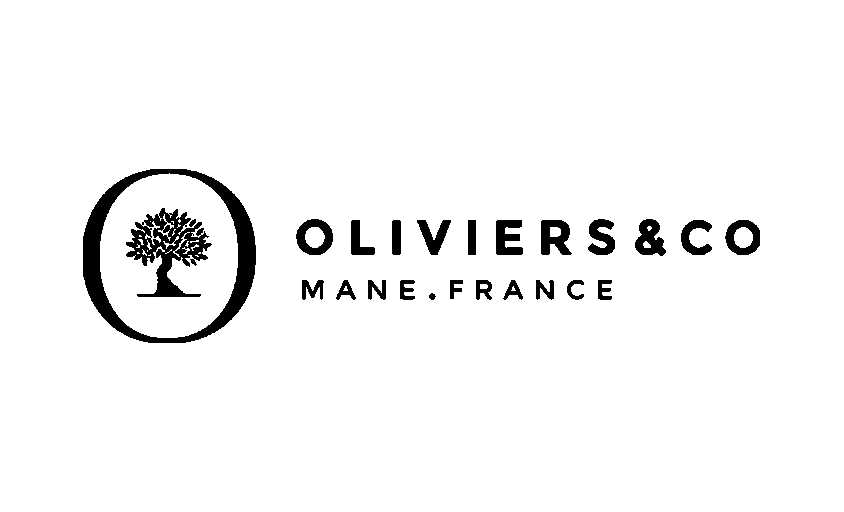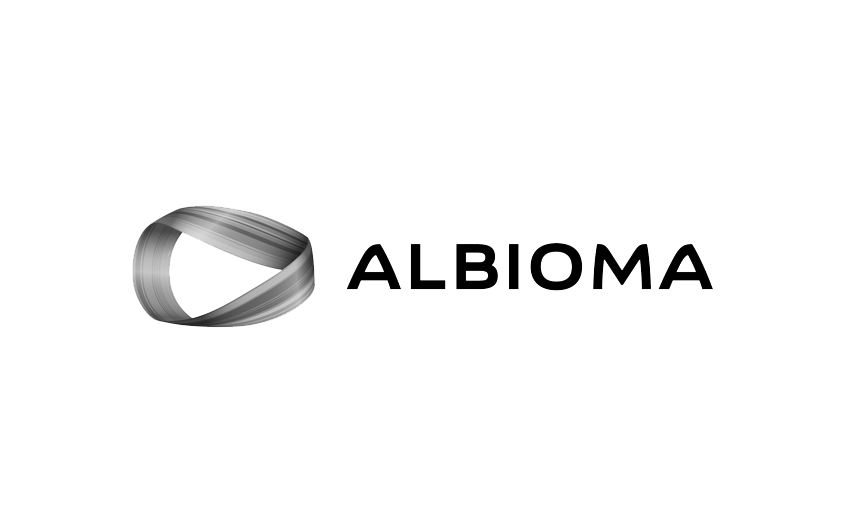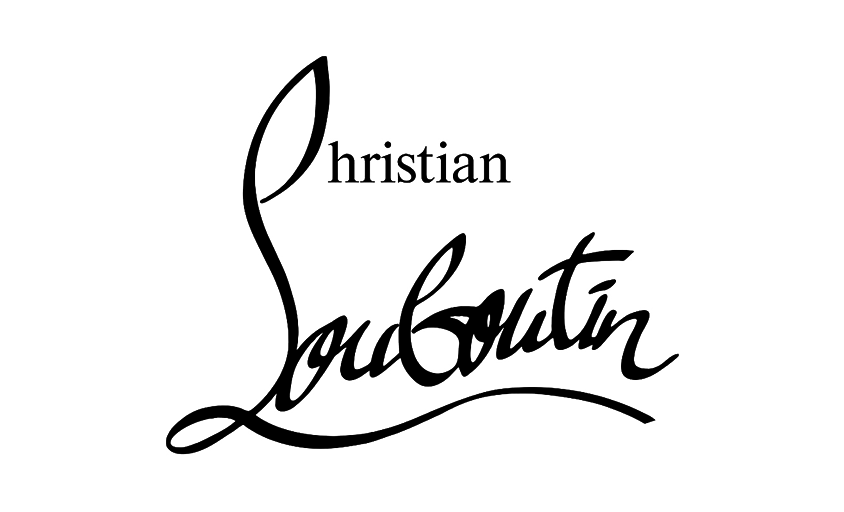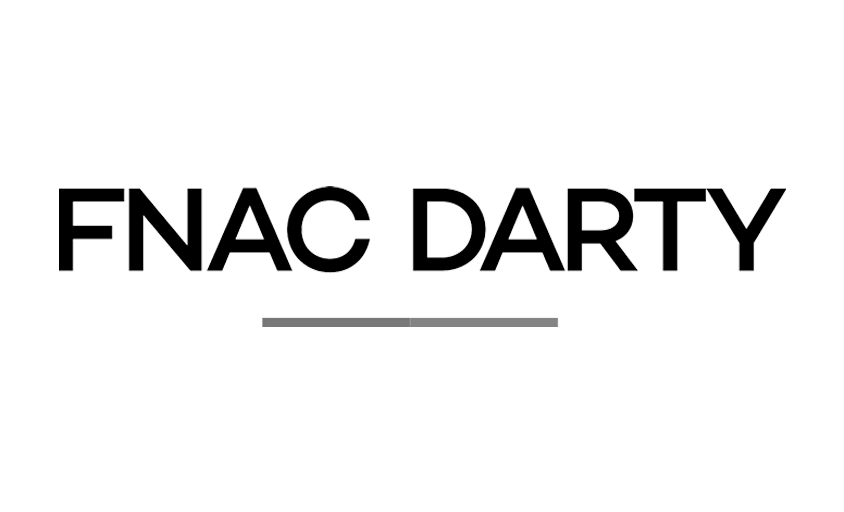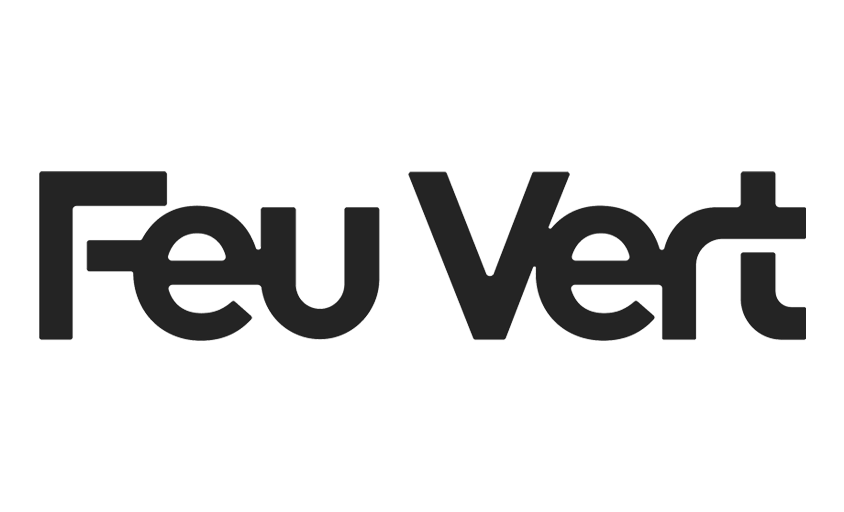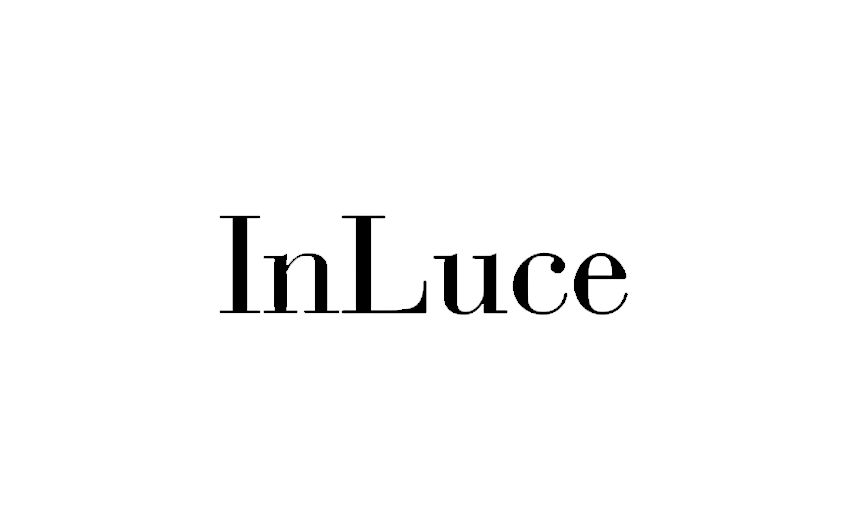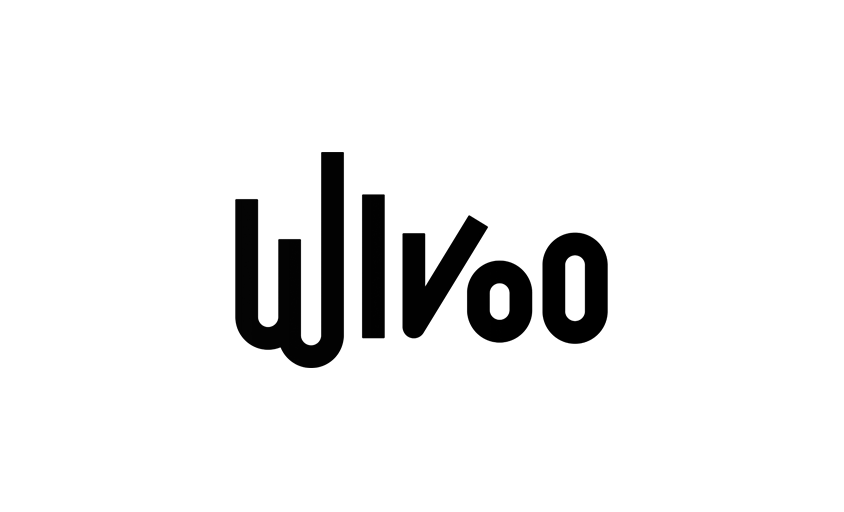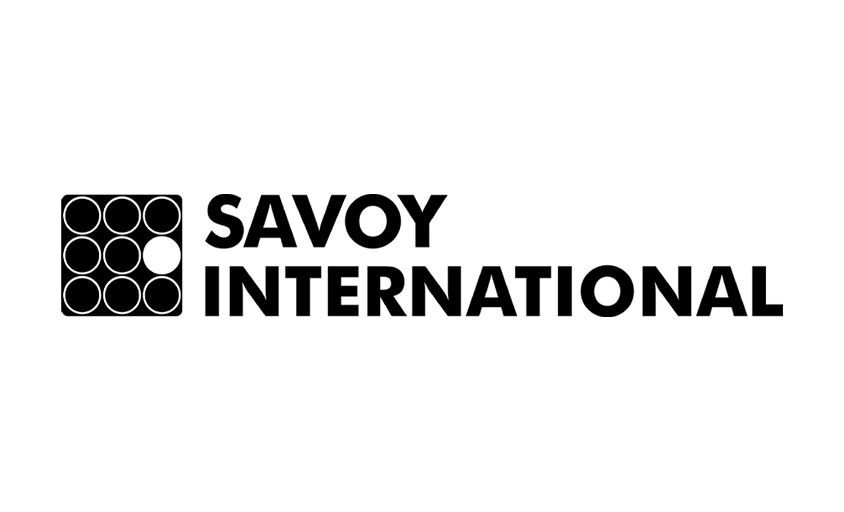What are Copyrights?
In this article :
As a photographer, understanding your copyright is essential for protecting your work and maintaining control over how it is used. Copyright grants creators automatic protection as soon as their work is created, with no need for prior registration or deposit.
What is Copyright?
Copyright is a set of exclusive rights granted to the author of an original work. In France, it is governed by the Intellectual Property Code and is divided into two main categories:
- Moral rights: These protect the author’s personal connection to their work by ensuring respect for their name, authorship, and the integrity of the work itself. Moral rights are perpetual, inalienable, and non-transferable. They allow the author to oppose any modification, distortion, or mutilation of the work that could harm their honor or reputation.
- Economic rights (patrimonial rights): These give the author the exclusive right to commercially exploit their work in any form (reproduction, distribution, adaptation, etc.). These rights are temporary and expire 70 years after the author’s death, after which the work enters the public domain.
Photography: A Protected Work
In France, a photograph is protected by copyright from the moment it is created, provided it is original. Originality is defined as the imprint of the author’s personality. This means that even a simple photo can be protected if it reflects the unique vision of its creator.
Usage Rights: Transfer or Retain?
As a photographer, you hold the copyright to your works. You may choose to transfer all or part of your economic rights to a third party through a copyright transfer agreement. This contract must be precise and clearly outline:
- The rights being transferred (reproduction, distribution, adaptation, etc.)
- The platforms and media where the work will be used (website, social media, press, etc.)
- The duration of the transfer
- The geographical scope
- Any compensation agreed upon
It’s important to note that any transfer of copyright must be formalized in writing. In the event of a dispute, courts will interpret the terms of the contract strictly in favor of the author.
Exceptions to Copyright
Certain uses of a work may be allowed without the prior consent of the author, within the framework of exceptions provided by law. These include:
- Private copying: Allows the reproduction of a work for strictly personal use.
- Educational exception: Permits the use of excerpts from works for teaching purposes, under specific conditions.
- Parody, pastiche, and caricature: These uses are allowed as long as they respect the original work.
It is essential to comply with the specific conditions of each exception to avoid infringing on copyright.
Photo Credit Attribution
As the author, you have the right to require that your name be mentioned when your works are used. This credit serves to recognize your work and uphold your moral rights. It is therefore recommended to include the following mention when sharing your photographs:
Photo credit: [Your Name]
Risks of Unauthorized Use
Using a photograph without the author’s permission constitutes copyright infringement. Penalties may be civil and/or criminal, and can include:
- Payment of damages to compensate for the harm caused
- Publication of the court decision
- Fines of up to €300,000
- Prison sentences of up to 3 years
It is therefore crucial to always obtain the author’s permission before using a photograph.
Conclusion
Copyright is an essential tool for protecting your photographic creations and ensuring that your work is used in accordance with your rights. As a photographer, it is your responsibility to understand your rights and to ensure that your work is used appropriately. Managing your copyright will not only help you protect your images but also increase their value on the market. If you have photography needs, don’t hesitate to contact us!
Jérémy Carlo is the editorial director at Rétines, where he ensures the consistency and clarity of all content produced by the studio.
Our Clients
Let’s discuss
What we do for you at Rétines
Meticulous work, an organised project and fast delivery. And to achieve this, we mobilise the right resources in our teams at the right time.
01
Pre-production
Artistic and technical direction tailored to the project.
Relevant recommendations on content, form and resources.
02
Photo Shooting
Photos taken by our experienced photographers.
Production that’s controlled, efficient and tailored to the needs of the project, with nothing superfluous.
03
Retouching
Technique
Photographs magnified by our retouching team.
Post-production to meet the commercial challenges of the brief.



